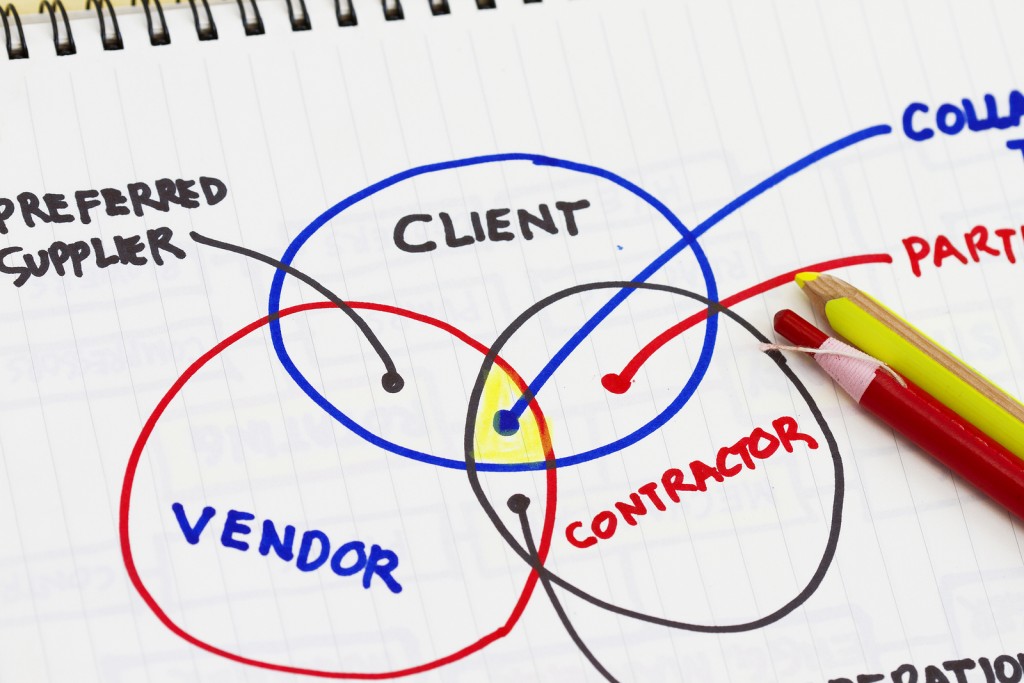
Supplier Relationship Management (SRM): It’s More Than Just Technology
Say the words Supplier Relationship Management (SRM), or Customer Relationship Management (CRM) to most people and they immediately think of technology (software applications). While I have no intention of offending the companies that market SRM [and CRM] technologies, the successful management of upstream and downstream relationships to create supply chain advantages rests not on technology, but on people! More specifically on two things:
- The design and implementation of those processes that require close, on-going relationships between buyers and suppliers; and
- The people who execute them.
Technology is an enabler, not the solution as evidenced by the fact that leading enterprises began implementing SRM practices such as supplier performance scorecards, strategic sourcing, and information exchange long before ERP systems, eProcurement systems, and other software applications became the rage.
For example, the Toyota Production System (TPS), which organizes manufacturing and logistics for the automobile manufacturer, including interaction with suppliers and customers was developed between 1948 and 1975. Even in today’s technology enabled world, there are still companies that successfully integrate, collaborate, and build strong relationships with suppliers to the benefit of both parties and the end customer without the assistance of technology other than phones, emails, and spreadsheets.
Are their interactions as efficient as they might be with technology? Probably not, but they get the job done and generate financial results. I know this to be true as some of these organizations have been my clients.
According to the APICS Dictionary, 14th edition, SRM is:
A comprehensive approach to managing an enterprise’s interactions with the organizations that supply the goods and services the enterprise uses. The goal of SRM is to streamline and make more effective the processes between an enterprise and its suppliers.
APICS materials also highlight that a focus on continuous improvement by both the enterprise and its suppliers is at the core of SRM, which along with the pursuit of collaborative joint objectives and sharing of innovative ideas can result in the achievement of common goals profitably.
If SRM is synonymous with technology, why the reference to streamlining processes and continuous improvement – concepts long associated with process improvement and the elimination of waste/redundancy from processes and the breaking down of communication barriers and functional silos? Just think about James Champy and Michael Hammer’s book Reengineering the Corporation: A Manifesto for Business Revolution which focused on process design and was first published in 1993, when ERP and other integrated systems were in their infancy stage of development and when SRM solutions weren’t even a thought. While technology can speed the rate at which communications take place, the guidelines around what is communicated, when it is communicated, to whom it is communicated, and how it is used are established as a result of process and the people executing the process.
In addition to robust, dynamic processes, SRM requires organizations to have employees with a combination of strategic, tactical, negotiation, communication, and leadership skill sets as well as a broader understanding of the end-to-end supply chain, strategies, cost drivers, and levers that can be pulled to affect cost, quality, and speed. Further, SRM has resulted in organizational redesign and redefinition of jobs and performance objectives highlighting the importance of people in SRM.
Don’t get me wrong, technology can and does play a valuable role in SRM, but SRM is neither dependent on technology nor is it equivalent to technology. Instead SRM is the combination of processes and people both of which can in turn be supported by technological capabilities.






